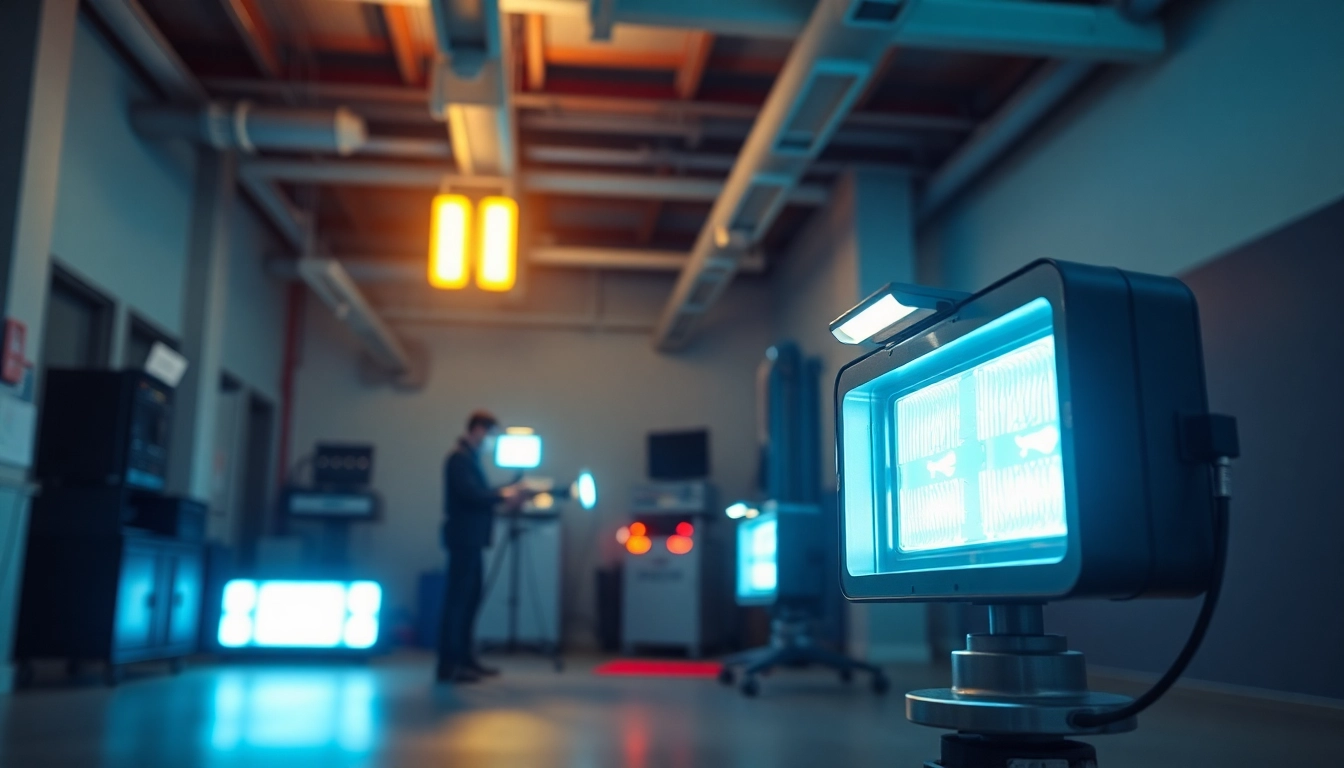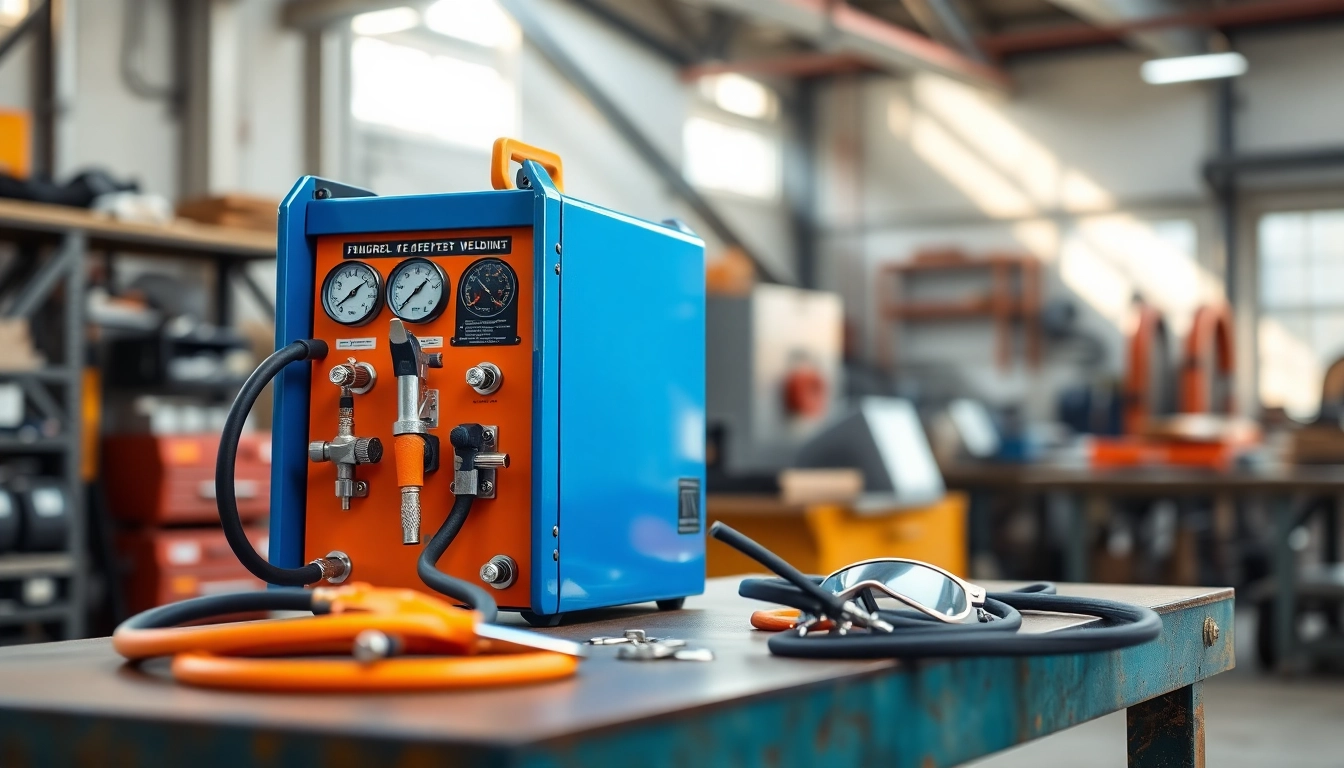Understanding Emergency Light Testing
What is Emergency Light Testing?
Emergency light testing refers to the systematic evaluation of emergency lighting systems designed to aid in safe evacuation during power outages or emergencies. These systems include exit signs and emergency lights that activate when normal lighting fails. Testing ensures that these systems function properly and meet safety standards. Regular Emergency Light Testing provides peace of mind, safeguarding lives and property during unforeseen circumstances.
Importance of Regular Testing
The significance of regular emergency light testing cannot be overstated. In emergency situations, even a moment of unpreparedness can lead to chaos and potential hazards. Regular testing guarantees that lights illuminate when needed, providing adequate visibility for occupants to exit safely. Additionally, it helps to comply with various regulations and standards such as the National Fire Protection Association (NFPA) codes. Regular checks minimize maintenance costs in the long run by catching issues early.
Key Standards and Regulations
Familiarity with key standards and regulations regarding emergency lighting is essential for compliant operation. The NFPA provides guidelines that mandates:
- Monthly functional testing for a minimum of 30 seconds.
- Annual testing to verify that emergency lights can function for a minimum duration of 90 minutes.
- Proper routing and placement as indicated in standards like NFPA 101 and NFPA 70.
Understanding these regulations ensures both compliance and the effectiveness of the emergency lighting systems.
Types of Emergency Light Tests
Monthly Functional Testing
Monthly functional testing is a straightforward yet critical procedure with the following steps:
- Push the test button on the emergency light to initiate a runtime check, typically lasting 30 seconds.
- Observe whether the light activates and provides sufficient illumination.
- Record the results in the testing log for future reference.
This routine ensures that emergency lights are operational and ready for extended use during a crisis.
Annual Duration Testing
Annual duration testing is a more extensive evaluation aiming to determine whether emergency lights can sustain illumination for at least 90 minutes. This test involves:
- Disconnecting the main power to simulate a power outage.
- Allowing the emergency lights to operate without external power.
- Monitoring the duration for performance evaluation.
- Documenting the results and any failures for remedial action.
Conducting this test helps ascertain the integrity of battery systems and overall functionality.
Remote Monitoring Tests
Advancements in technology have enabled remote monitoring of emergency lighting systems. Through smart systems, testing can be automated. These systems provide continuous diagnostics, alerting managers to faults or failures instantly. Benefits include:
- Eliminating human error during tests.
- Reducing the time and cost associated with manual checks.
- Providing detailed reports for compliance verification.
Such innovation promotes proactive maintenance and enhances safety protocols.
Performing Effective Emergency Light Testing
Step-by-Step Testing Procedure
To ensure thorough evaluations during emergency light testing, follow a structured testing procedure that includes:
- Reviewing previous test logs for recurring issues.
- Inspecting the physical condition of emergency lights (e.g., damage or wear).
- Cleansing lenses and bulbs to ensure optimal performance.
- Initiating monthly and annual tests as per standard requirements.
- Logging results and scheduling necessary maintenance.
Implementing these steps consistently allows for more reliable testing outcomes.
Common Pitfalls and Solutions
While performing emergency light testing, organizations may encounter various challenges. Some common pitfalls include:
- Inconsistent Testing: Not adhering to the schedule can lead to equipment failures during actual emergencies.
- Lack of Documentation: Neglecting to keep proper records can result in compliance issues during inspections.
- Skipping Maintenance: Overlooking routine maintenance increases the risk of system failures.
Solutions comprise of implementing a disciplined testing schedule, utilizing maintenance management software, and conducting regular audits to ensure adherence to protocols.
Maintaining Testing Logs
Accurate record-keeping is crucial for compliance and operational performance. Maintain testing logs that include:
- Date of the test
- Test type and duration
- Results of the test (pass/fail)
- Maintenance performed if applicable
- Technician’s name and signature
This documentation not only facilitates compliance audits but also assists in evaluating long-term performance trends.
Choosing the Right Emergency Lighting System
Factors to Consider
Selecting the appropriate emergency lighting system demands careful consideration of various factors:
- Type of Facility: Different facilities (commercial, residential, industrial) have distinct safety needs.
- Local Regulations: Ensure compliance with regional codes and standards.
- Integration Capability: Consider systems that can be integrated with existing building management systems.
- Power Source: Evaluate whether to use battery-operated, central battery systems, or both based on facility size and layout.
- Cost and Warranty: Weigh upfront costs against long-term reliability and support from manufacturers.
Top Brands and Products
Choosing trusted brands ensures quality and reliability. Some leading manufacturers in the emergency lighting domain include:
- Acuity Brands: Known for innovative emergency lighting solutions.
- Liteline: Offers a range of durable and efficient emergency fixtures.
- Chalice Lighting: Specializes in stylish emergency lighting options.
- Exitronix: Renowned for reliable LED emergency lights and signs.
Assess the specifications and ensure that these products align with your facility’s requirements.
Cost vs. Quality Analysis
While budgeting for emergency lighting systems, organizations often face the dilemma of choosing between cost and quality. It’s essential to consider:
- Initial Installation Costs: Cheaper options may seem appealing, but evaluate long-term performance and maintenance costs.
- Operational Efficiency: Quality systems often feature advanced technology and energy efficiency.
- Warranty and Support: Ensure that reputable brands offer sufficient warranty periods and customer support.
Investing in high-quality products can lead to significant savings on maintenance and replacement in the future.
Future Trends in Emergency Light Testing
Technological Innovations
Emerging technologies are revolutionizing emergency light testing. Innovations such as LED lighting for improved efficiency, IoT (Internet of Things) capabilities for remote management, and self-diagnostic systems are setting new standards for performance and reliability. These innovations provide improved performance metrics and user experiences, positioning facilities for better manageability in emergencies.
Integration with Smart Systems
As smart buildings become more prevalent, integrating emergency lighting systems with building management software is critical. This integration offers:
- Real-Time Monitoring: Facility managers can receive instant notifications on the status of emergency lights.
- Automatic Compliance Reporting: Built-in logs generated and maintained by the system reduce administrative burdens.
- Enhanced Scheduling: Streamlines testing and maintenance schedules through automated reminders and logs.
Regulatory Changes to Watch
As safety standards evolve, organizations must stay updated with regulatory changes in emergency lighting. Keeping abreast of these changes ensures compliance and fosters a culture of safety. Anticipated shifts may include stricter testing intervals, enhanced reporting requirements, and additional focus on energy-efficient technologies. Engaging with industry organizations can provide ongoing insights and guidance.



